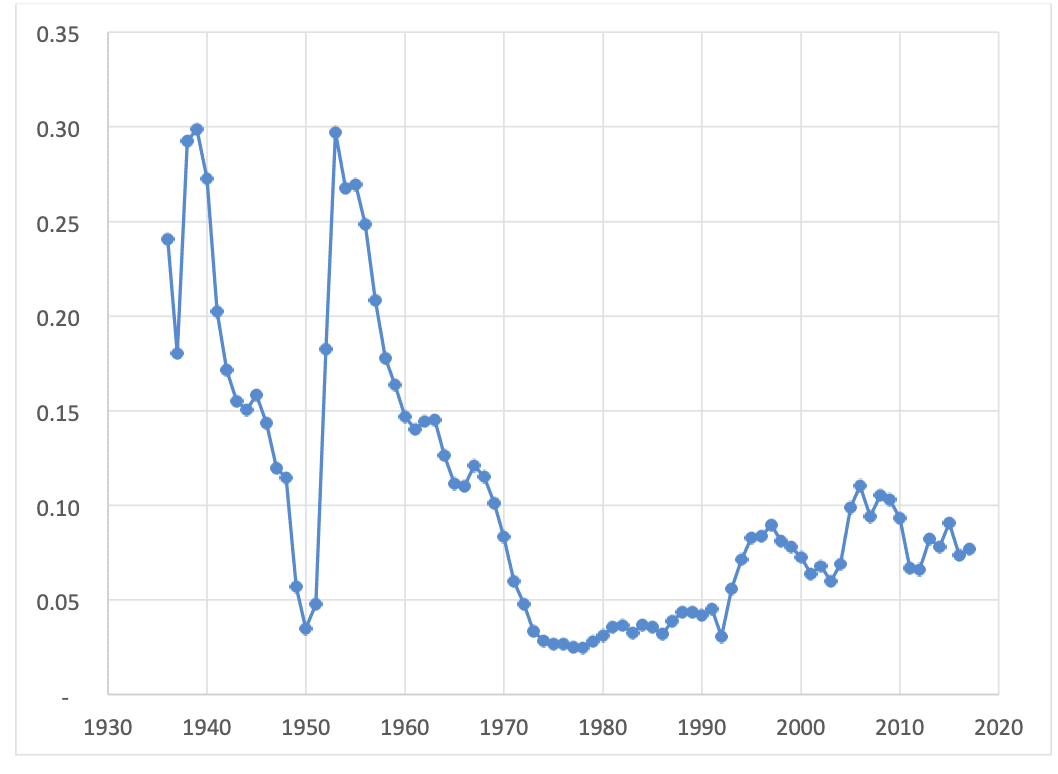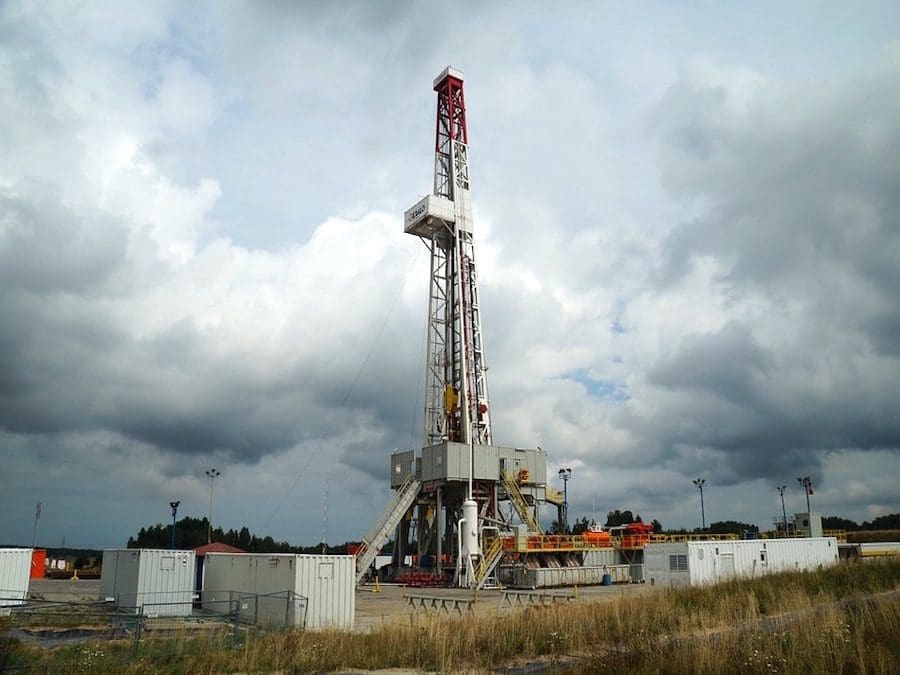Liberal environmentalists are once again falsely attacking Texas’ oil and gas industry, despite evidence that the state has made wide improvements in recent years.
The issue of gas “flaring,” the burning of off excess gas bi-products, is primarily one of wasting energy, not pollution concerns. Flaring results in mostly carbon dioxide and water.
The industry’s challenge is to efficiently find ways for the gas to be captured and used. But these simple facts haven’t stopped environmental groups from muddying the issue to attack the oil and gas industry.
A report put out in February by Texas Railroad Commissioner Ryan Sitton addresses concerns raised by some over an increase in natural gas flaring:
Over the past decade, oil and gas production has grown dramatically in Texas. This has resulted in an economic boon for the state and the rest of the United States as energy costs have remained affordable. Along with this growth has come an increase in the practice of natural gas flaring, as some oil wells that produce associated gas do not have access to the systems required to capture that gas. As concerns have elevated over the waste and potential environmental impacts of this increase, this analysis was performed to evaluate the nature of potential changes to regulation and the potential impacts of those changes.
How prevalent is gas flaring?
In Texas, over ninety-five percent of that gas is captured in gathering systems and sent via pipeline to gas processing facilities. However, approximately 5% of gas production originates from wells that do not have access to processing facilities, is waiting on additional processing facilities to be constructed, or the processing facilities are temporarily interrupted by outages. As a result, some gas is flared (burned) near the well site in a system designed specifically for that purpose.
When natural gas is burned, the methane emissions are virtually entirely carbon dioxide and water—far from harmful chemicals.
The report goes on to analyze the flaring intensity (the amount of gas flared to the amount of oil produced) in Texas historically, as well as compared to the rest of the world.

Texas Flaring Intensity by Year
The data actually shows that Texas has made vast improvements in recent years in its flaring intensity, as technology improvements and other factors have lowered the number.

Additionally, Texas is below the world average for such emissions by 35 percent.
Again, the issue of flaring is primarily one of reducing waste and improving efficiency, not simply emissions.
But that hasn’t stopped some extremist environmentalists from setting their scopes on Texas and taking aim at the state’s natural gas industry.
Earthworks, a left-wing organization most notably remembered in Texas for circulating a petition in 2014 to ban fracking in Denton, has filed over 100 complaints with the Texas Commission on Environmental Quality over oil and gas wells in the Permian Basin, with many of those complaints being dismissed by the state agency.
Predictably, the group has taken their complaints to the liberal media, such as The New York Times, who have been all too quick to take the opportunity to take a shot at Texas and the oil and gas industry, while ignoring other states and countries who perform worse by their metric.
The facts, however, remain clear: Texas performs better than the world average when it comes to flaring intensity, and it only continues to improve.





